Scary Stories to Tell in the Garage
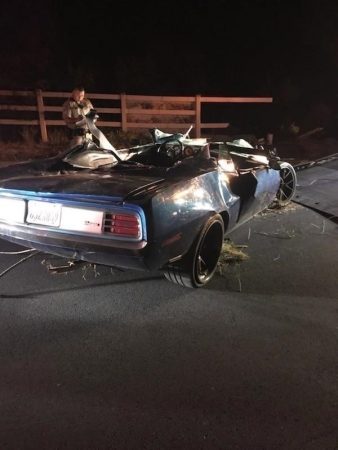
With the dawn of the internet, information, announcements and news can spread like wildfire, and it’s hard not to notice that cringe-worthy mishaps or mistakes tend to travel twice as fast. Recently, a certain 1970 Plymouth ’Cuda became the brunt of jokes after a horrific (and frankly in no way humorous) wreck. It’s disheartening to see the community so quick to relish in someone else’s misery, but it also serves as a good reminder to take precautionary measures to ensure your classic Mopar® vehicle doesn’t become the next headline horror story passed around the shop.
Step One: Roll With It
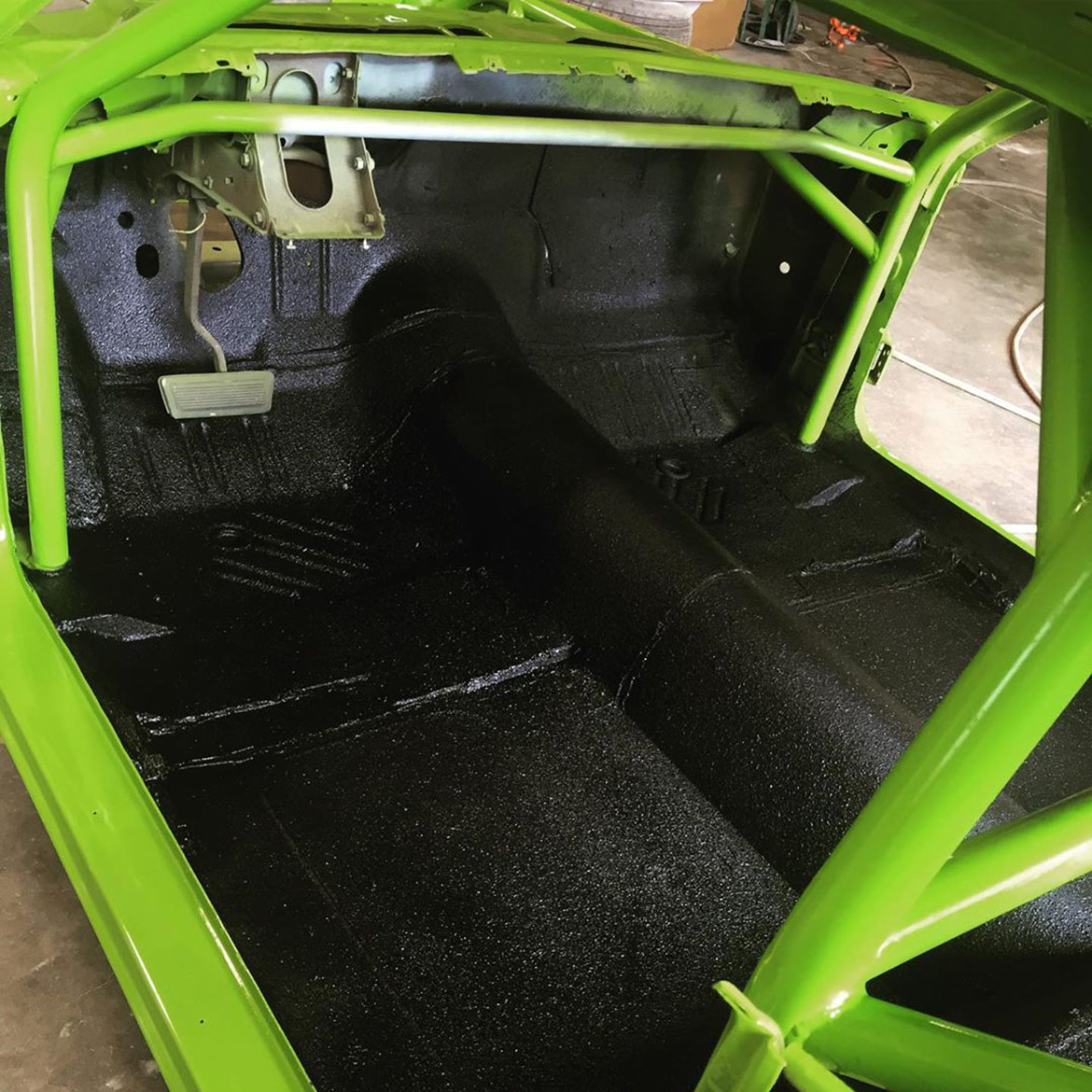
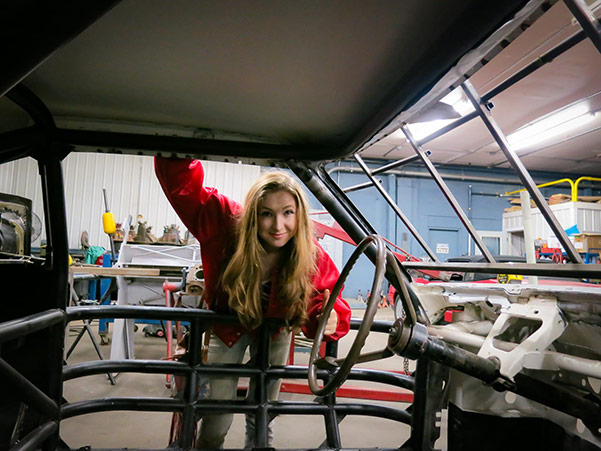
I would never advise you to stop driving the hell out of your car (I mean isn’t that what these things were built for?), but I do recommend that if you are one to go out and thoroughly enjoy what your car can do, you need to take the time to thoroughly build it, as well. There are several different ways to protect yourself and your ride in the event of an accident, and the hottest modification is to add a roll cage. Roll cages are designed to protect the driver in the event of a rollover. Not only do they strengthen the vehicle’s structure, they straight up look cool; so what’s not to love? Well, I’ve seen many back-and-forth debates over roll cages in street cars. Are they a dependable safeguard, or an added danger? The real answer is much more complex than just a yes or no. Many variables come into play when we talk about roll cages: style, seating and even the height of driver! A bad combination, such as a 6-point overhead cage with no padding, lap belts and a driver that’s 6 feet tall could result in a fatal head injury if the driver’s noggin was to collide with the cage. On the contrary, a padded loop bar, bucket seats and safety harnesses could be a winning combination that saves a life if your car was to go shiny side down. In short, yes a cage can protect you and your whip in the event of an accident, but only when executed correctly. If you do choose to install a roll cage, be sure to consider where your noggin would land in the event of an accident.
Step Two: Get Stiff
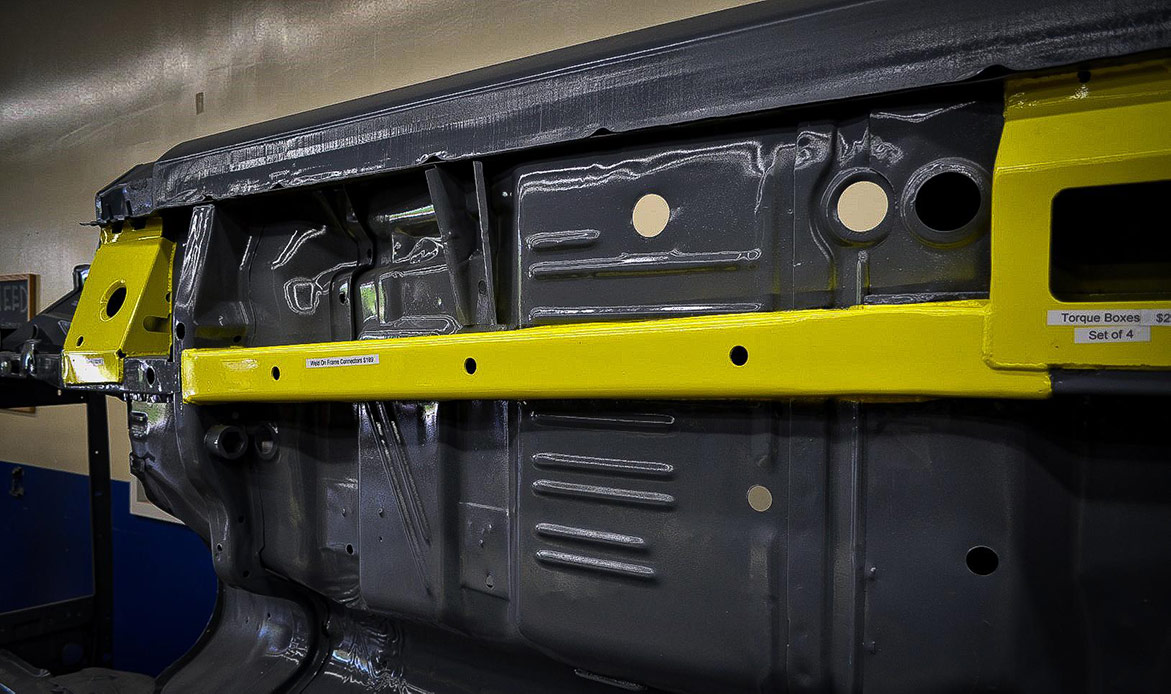
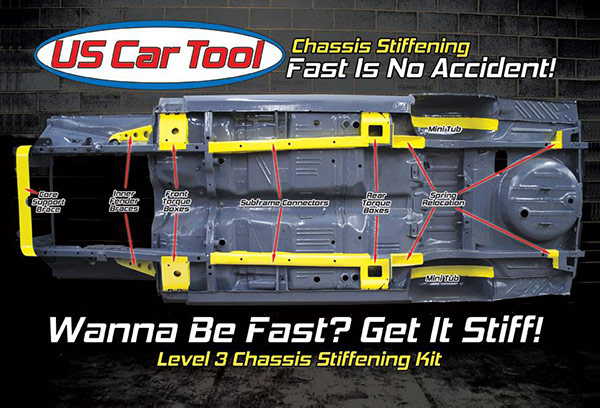
Classic Mopar vehicles are designed on a unibody chassis, which was originally engineered for no more than 425 horsepower and 490 ft.-lbs. of torque. As we enthusiasts continue pushing power output to the limit in these old-school muscle machines, it becomes essential to make sure your vehicle’s chassis is up for the job. Subframe connectors, torque boxes and other weld-in bracing can be added to your stock chassis for extra strength. These chassis-stiffening components will not only improve the feel of your car as you plant power to the road, but also add an extra connection that can keep your chassis from twisting in the event of an accident.
Step Three: Skill Over Thrill
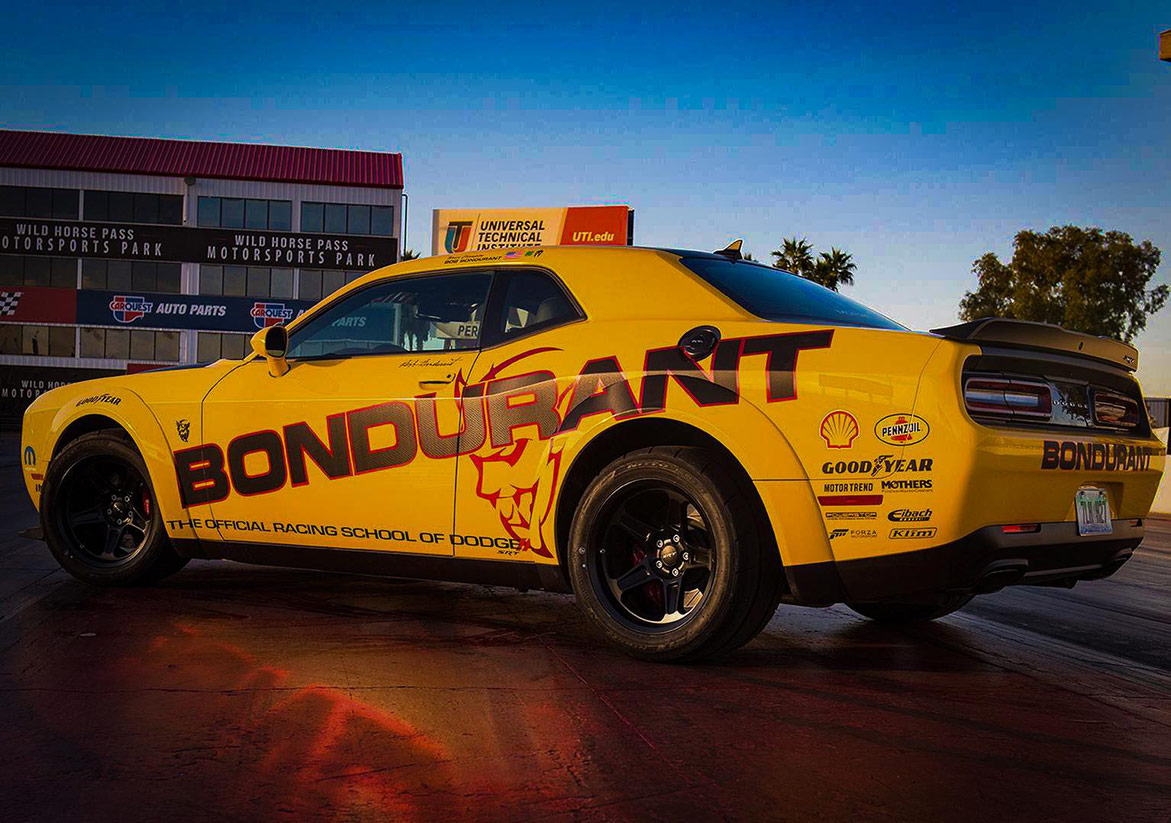
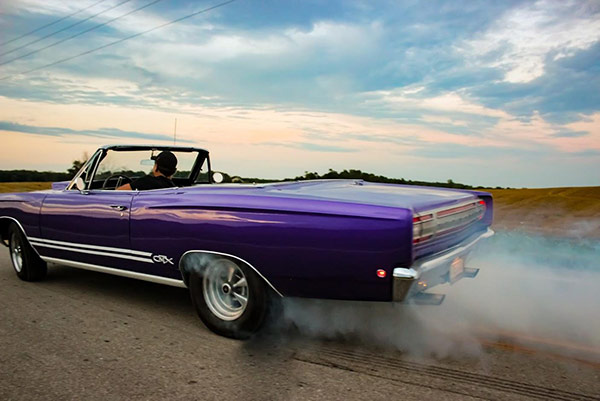
To reiterate, the key to preventing an accident and protecting your ride isn’t to drive around in constant fear. The whole point of owning one of these cars is smoking off the tires, drifting around corners and generally giving it absolute hell; but you need to take the time to build your driving skills before you go out and imitate Kowalski. Case in point: I grew up watching my dad pull some crazy stunts in his old drop-top GTX, but the day he put me behind the wheel of the 4,000-lb., 500-horse, manual steering, manual braking beast of a muscle car, I quickly realized not anyone can just jump in and drive it like they stole it. It takes experience, good judgement and maturity (as much as you can possibly muster anyway) to know when, where and how to safely enjoy these high-powered machines. The number one cause of accidents is driver error, so it’s important you actually know what you’re doing before you try to show off. Aside from limiting when you listen to the little devil (or should I say Demon) that sits on your shoulder yelling out “just send it!”, it’s not a bad idea to take things a step further by attending a professional driving course. Learning how to control these kinds of cars from a professional instructor can keep your car safer than any cage or chassis component ever would.
Seeing a wrecked original like this Limelight 1970 Roadrunner is enough to break the heart of any Mopar fanatic, but imagine if that was your car. It can be expensive and time consuming to make these modifications, but isn’t it better than the alternative? Driving around in a high-powered car with a bone stock chassis is like flirting with disaster, so spend your time and money where it counts. It will be much easier to keep the rubber side down and the shiny side up!
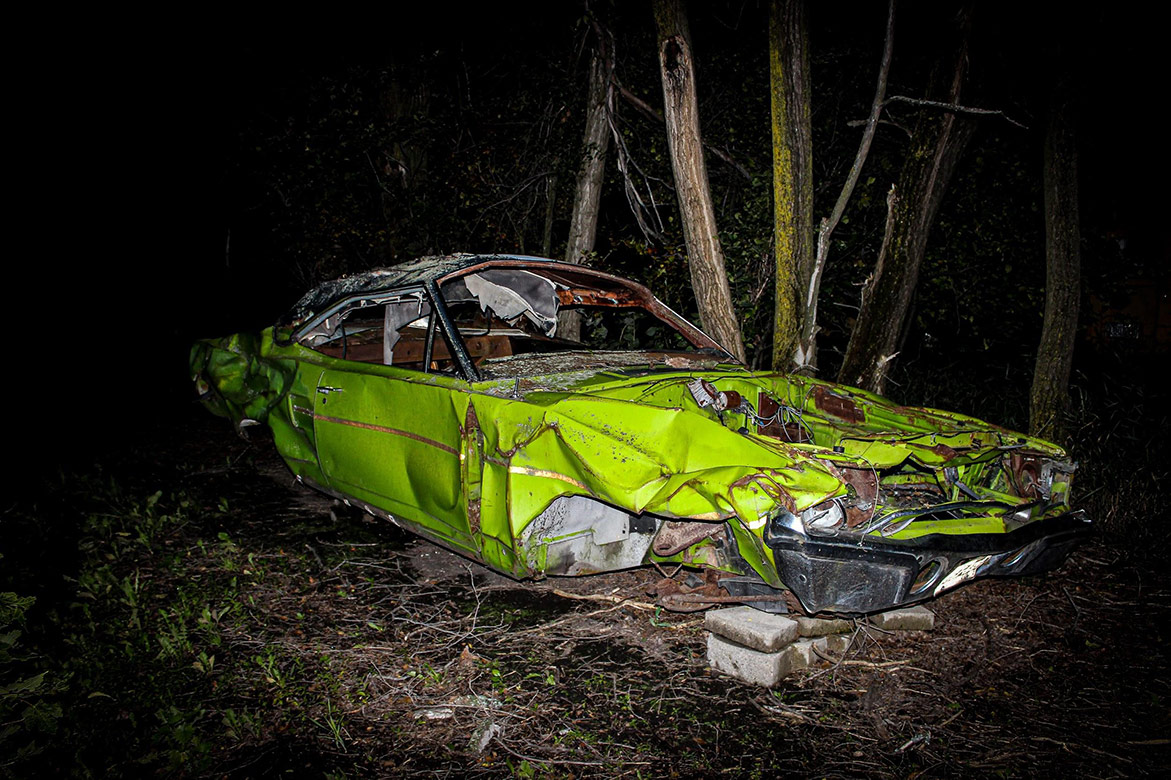

0 Comments